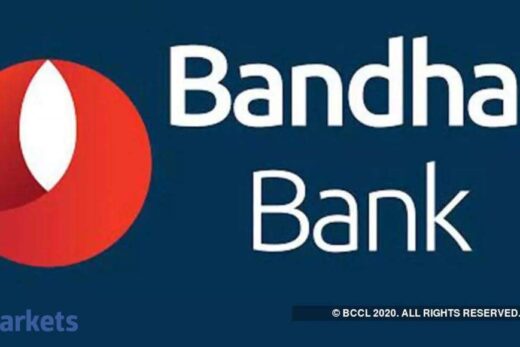Payment banks have been seeking a hike in deposit limits for some time now. As per ETBFSI.com, the demand to increase the deposit limit from one lakh was always there but payments banks have found a reasonable ground to support their demand, after the government increased the deposit insurance limit to Rs 5 lakh.
As per the Statement on Development and Regulatory Policies:
The extant “Guidelines for Licensing of Payments Banks” issued on November 27, 2014 allow payments banks to hold a maximum balance of Rs 1 lakh per individual customer. Based on a review of performance of payments banks and with a view to encourage their efforts for financial inclusion and to expand their ability to cater to the needs of their customers, including MSMEs, small traders and merchants, it has been decided to enhance the limit of maximum balance at end of the day from Rs 1 lakh to Rs 2 lakh per individual customer. A circular in this regard shall be issued separately.
Payment banks are savings account that can offer deposit services but cannot offer loans and advances to the customers. Some of the examples of the payment banks are: Paytm Payments Bank,
Payments Bank, India Post Payments Bank etc.
Payments bank were launched to further provide banking services to the underserved population who are yet to open a bank account with the normal commercial bank. Payments banks are similar to normal banks but do not offer full-fledged services of a normal bank. The payments banks are allowed to accept the current deposits, and savings bank deposits from individuals, small businesses and other entities, as permitted. However, no NRI deposits are allowed in the payments deposits. The payments banks are allowed to issue ATM/Debit cards but not credit cards.



